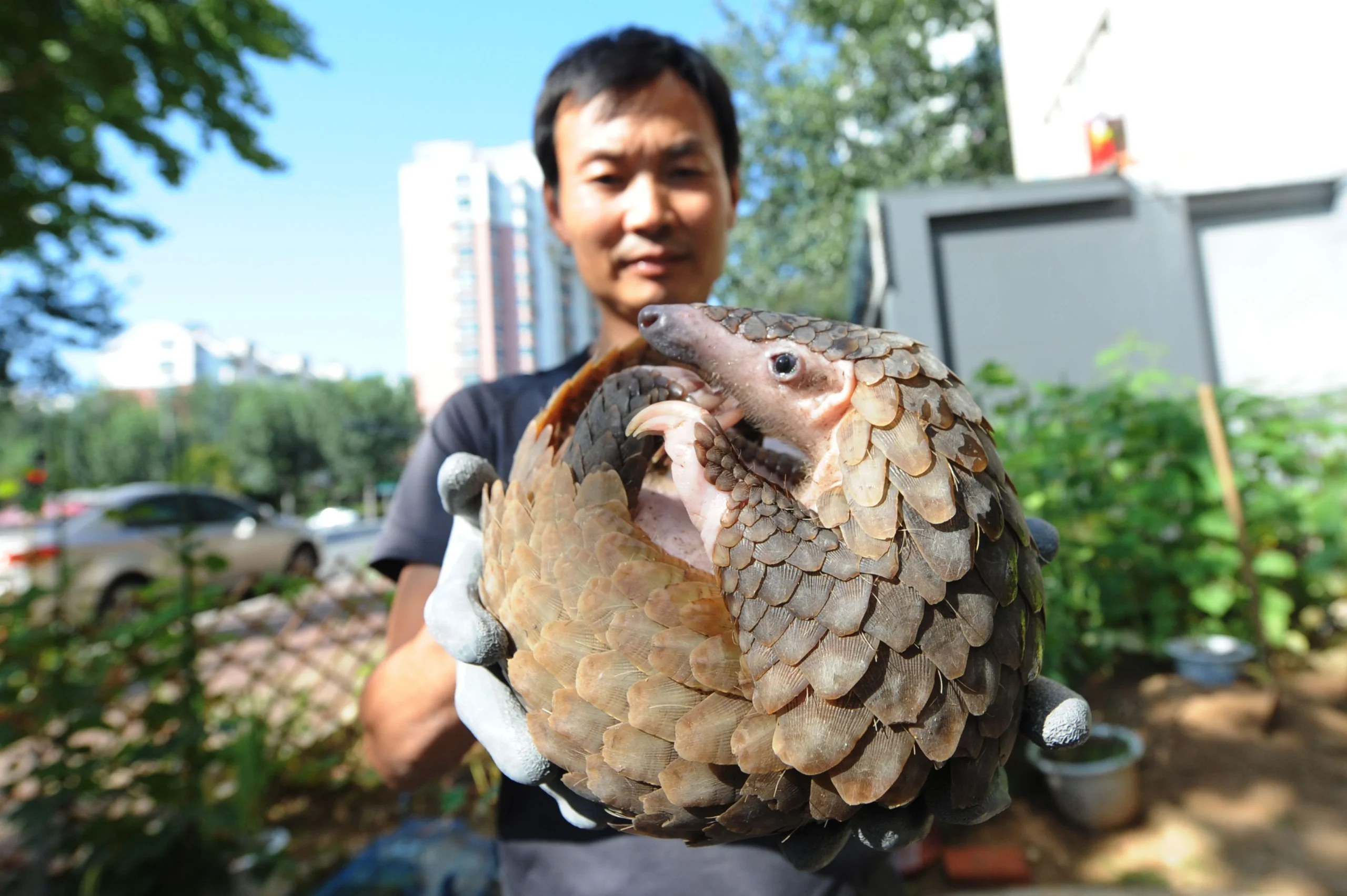Mammals with distinctive scales, pangolins are vital to the equilibrium of ecosystems. However, the illegal wildlife trade and habitat loss have put them at grave risk of extinction. Adoption programs that promote the preservation and rehabilitation of pangolins have been established as a result of conservation initiatives.
Although symbolically or through conservation initiatives, adopting a pangolin can have a big positive impact on the ecosystem. The environmental effects of adopting a pangolin are examined in this article, along with how such initiatives support ecological sustainability in general.
Ecosystem Contributions of Pangolins
In their ecological environments, pangolins are essential individuals. By controlling termite and ant populations, they keep these insects from becoming agricultural pests because they are insectivores. By eating thousands of insects per day, pangolins improve soil aeration and plant health by preserving ecological balance. The entire richness of the ecosystem is increased by their burrowing habit, which also improves the quality of the soil.
The natural equilibrium is upset when pangolin numbers fall as a result of habitat loss and hunting. The unrestrained increase in termite and ant populations caused by pangolin extinction can damage agricultural fields and flora. People who adopt pangolins through conservation initiatives help to maintain their number and, in turn, the ecosystem services they offer.
Below are a few ways you will impact the environment when you or your loved one adopt a pangolin today:
Conservation of Biodiversity
You become an active participant of ensuring biodiversity when you adopt a pangolin.
Because adopting a pangolin protects an endangered species from facing extinction, it aids to reserve biodiversity. By regulating insect populations, especially those of termites and ants, pangolins contribute significantly to the ecology by preserving the health of plants and the soil quality.
Adopters who support pangolin conservation stop the overpopulation of some bug species that could upset ecological balance and maintain a species that contributes to a balanced food chain.
Habitat Preservation
Pangolin adoption programs often channel funds toward habitat conservation. These mammals need rich forests and grasslands to flourish. Deforestation and land conversion hover pangolin populations by minimizing their natural habitat.
By adopting a pangolin, individuals, and organizations add to afforestation and anti-deforestation efforts that reserve natural landscapes, benefiting not only pangolins but also other wildlife that depend on the same habitat.
Environmental Stability
By aerating the soil when they search for termites and ants, pangolins contribute significantly to the fertility and structure of the soil. There may be detrimental effects on vegetation if pangolin populations drop. Adoption initiatives support the sustainability of these vital ecosystem engineers’ contributions to environmental stability.
Scientific Research and Environmental Education
Research on the behavior and ecological importance of pangolins is aided by adoption. Funding from adoption programs helps researchers study pangolin populations because many elements of their biology are still not well-known.
Conclusion
A pangolin’s adoption can positively impact the environment in several ways, including reducing the illegal wildlife trade, protecting habitat, and conserving biodiversity. It can also be the best gift to wildlife enthusiasts. Stakeholders must work together to establish comprehensive conservation plans that tackle illegal wildlife trading.









